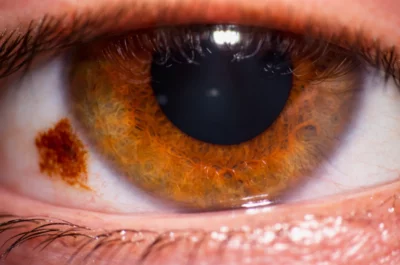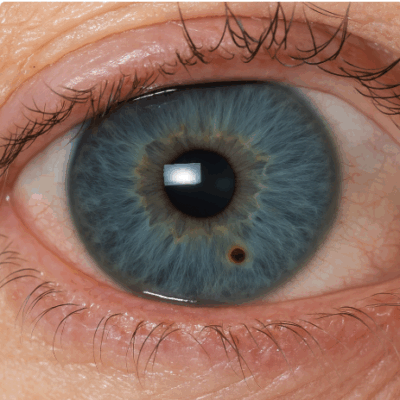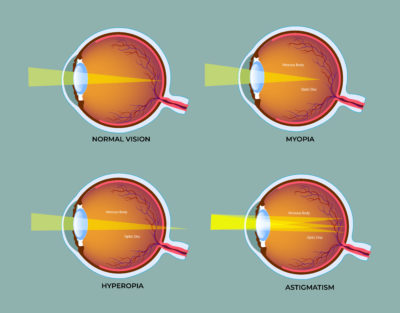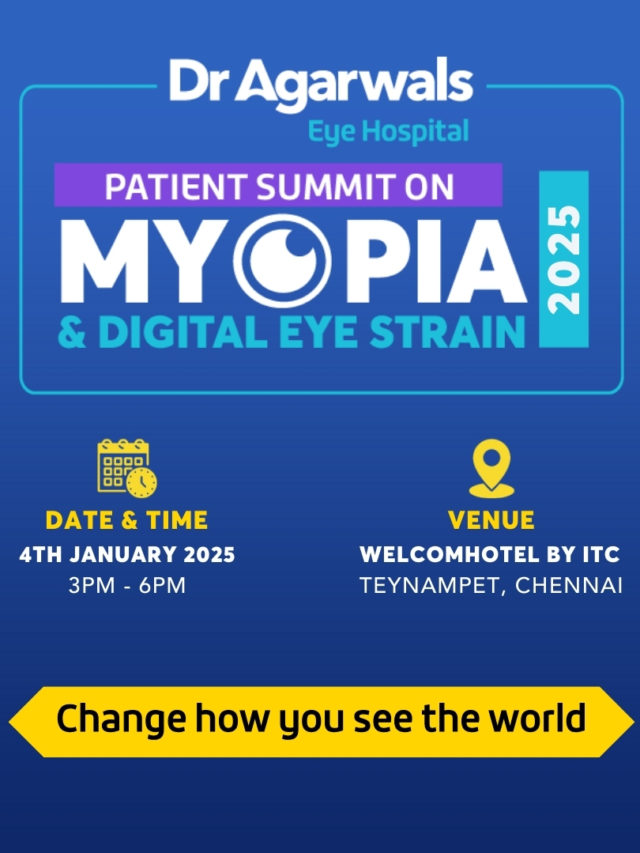Clear, sharp vision is essential for daily life, whether for reading, driving, or enjoying the details of your surroundings. Many people aim for 6/6 vision, which is considered the standard for normal eyesight.
While genetics play a role, maintaining healthy eyes also depends on lifestyle, nutrition, and regular check-ups. This guide explains what 6/6 vision means, factors affecting clarity, and practical tips to protect and improve your eyesight.
Understanding 6/6 Vision: A Comprehensive Guide
6/6 vision means you can see an object 6 metres away, which is the normal visual standard in many countries. The term 6/6 eyesight means that both distance and detail recognition are normal without corrective lenses.
This is equivalent to 20/20 vision in the imperial system. In practical terms, 6/6 eye vision means your eyes can resolve fine details at the expected distance during an eye test. Achieving this requires healthy eye structures and the absence of significant refractive errors.

Factors Affecting Vision Clarity
Refractive Errors That Impact Vision
Conditions like myopia, hyperopia, and astigmatism distort light entering the eye, preventing clear focus. These refractive errors can be corrected with glasses, contact lenses, or LASIK surgery, improving the chances of reaching 6/6 in eye test results.
Age-Related Changes in Vision
As people age, conditions such as presbyopia, cataracts, and age-related macular degeneration may develop. These changes can reduce clarity, even if you previously had 6/6 eyes, which means normal vision. Early detection through regular screenings can help manage these conditions effectively.
Health Conditions That Affect Eyesight
Diabetes, hypertension, and autoimmune diseases can affect blood flow or cause structural changes in the eyes, impacting vision sharpness. Maintaining overall health supports the ability to achieve or maintain 6/6 eye vision, which means clear distance vision.
Screen Time and Digital Eye Strain
Prolonged screen use can lead to digital eye strain, affecting clarity and comfort. This temporary blur can be avoided with proper habits, such as the 20-20-20 rule, reducing the strain that hinders 6/6 eye test outcomes.
Environmental and Occupational Hazards
Exposure to dust, chemicals, or excessive sunlight can damage the eyes over time. Protective eyewear and environmental adjustments help preserve 6/6 vision and prevent long-term deterioration.
Tips for Optimal Eye Health
Foods to Improve Eyesight
When asking which foods are good for the eyes, opt for leafy greens, citrus fruits, fish rich in omega-3s, nuts, and eggs. These supply essential vitamins and antioxidants that help preserve 6/6 vision.
Follow the 20-20-20 Rule
Every 20 minutes, look at something 20 feet away for 20 seconds. This practice reduces digital strain and helps maintain the comfort needed for sustained 6/6 eye vision, which means quality eyesight.
Stay Hydrated and Sleep Well
Dehydration and lack of rest can cause dry eyes and blurred vision. Adequate hydration and 7-8 hours of sleep help maintain tear film health, supporting 6/6 eyesight means optimal vision clarity.
Avoid Smoking and Alcohol Consumption
Smoking and excessive alcohol intake can accelerate eye ageing and increase the risk of cataracts, making it harder to maintain 6/6 vision over time.
Vitamin A
Vitamin A supports the retina’s function and night vision. Foods like carrots, sweet potatoes, and spinach can help sustain 6/6 eye vision, which means clarity.
Vitamin C and E
Both vitamins protect against oxidative stress that damages eye tissues. Citrus fruits, almonds, and sunflower seeds are excellent choices to maintain 6/6 eyesight, which means sharp vision.
Omega-3 Fatty Acids
Omega-3s reduce inflammation and support tear production, preventing dryness that may blur 6/6 eyesight, which means standard vision.
Eye Protection
Wear sunglasses for UV protection outdoors and safety glasses in hazardous environments. This simple habit helps maintain 6/6 visual acuity in eye tests.
Why are Regular Eye Check-ups essential?
Routine eye examinations detect early vision changes, refractive errors, and conditions like glaucoma or macular degeneration. Regular check-ups ensure timely correction and help retain 6/6 eye vision, which is the gold standard for visual acuity.
Best Practices for Eye Health
Protect Eyes from UV and Blue Light
Too much UV and blue light can damage the cornea, lens, and retina. Sunglasses and blue-light filters preserve 6/6 eyesight, which is equivalent to perfect vision.
Avoid Rubbing Your Eyes
Rubbing can damage the corneal surface and worsen certain conditions, which can affect the 6/6 eye test and lead to clear vision results.
Use Proper Lighting While Reading or Working
Good lighting prevents eye strain and supports 6/6 vision comfort, especially during close work.
Maintain Proper Screen Distance
Keep screens 50–70 cm from your eyes to minimise strain, and support 6/6eyesightt means optimal clarity.
Common Myths About Eye Health
- Myth: Eating carrots alone will give you 6/6 vision.
Fact: While healthy, they are not a cure-all. - Myth: Wearing glasses weakens your eyes.
Fact: In reality, they help correct vision and prevent strain. - Myth: 6/6 eye vision means perfect eyesight.
Fact: It means optimal distance clarity, but not immunity from eye diseases.
Conclusion
6/6 vision means clear, sharp eyesight at a standard testing distance, but achieving it takes more than good luck. A balanced diet, healthy habits, regular screenings, and prompt treatment of refractive errors can help you maintain peak visual performance. Protecting your eyes now ensures better long-term vision health.









